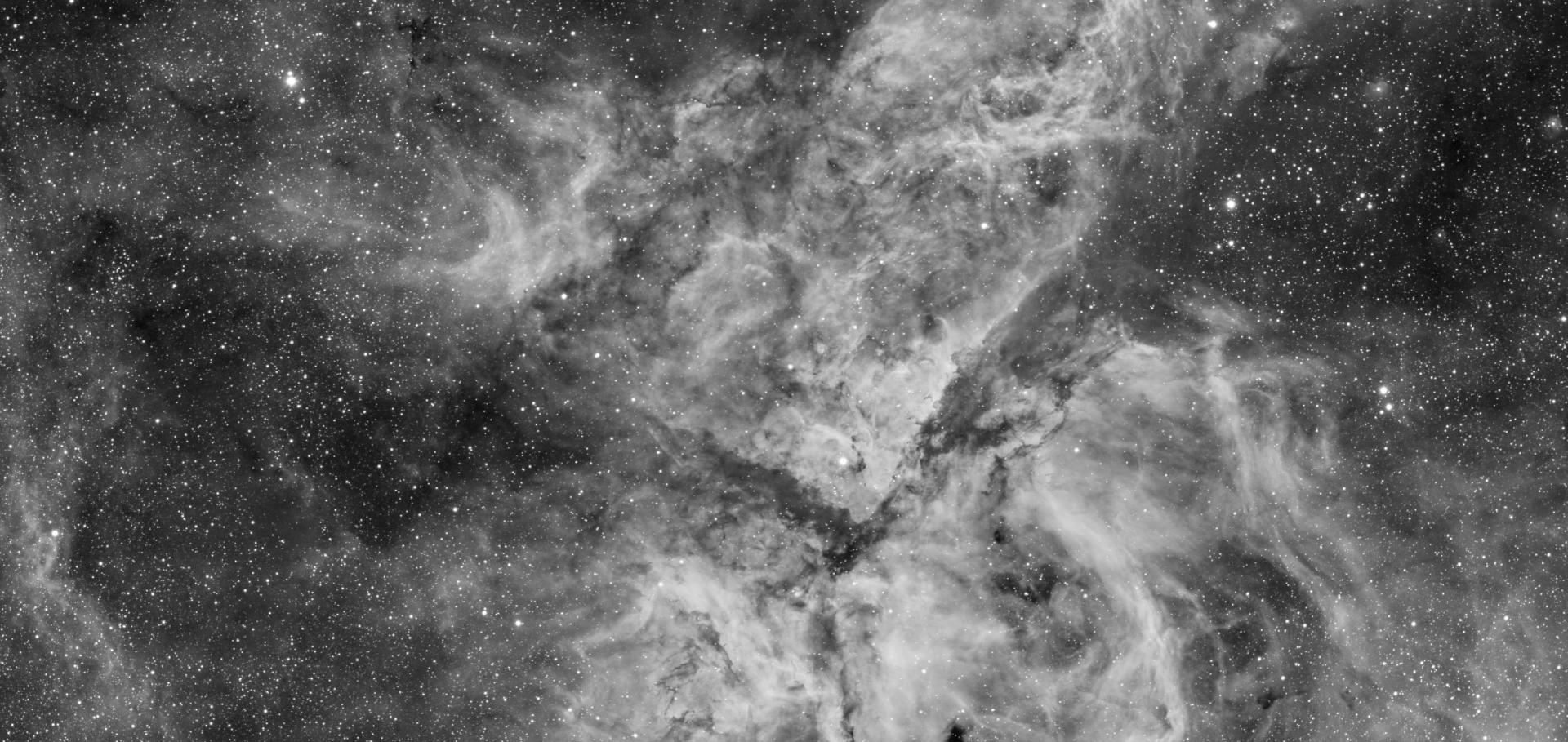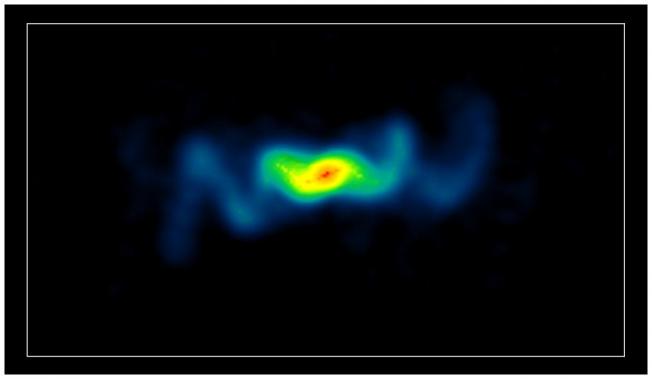The environments of FR II radio sources
ASTR SOC P 250 (2002) 358-362
Abstract:
Using ROSA T observations, we estimate gas pressures in the X-ray-emitting media surrounding 63 FR II radio galaxies and quasars. We compare these pressures with the internal pressures of the radio-emitting plasma estimated by assuming minimum energy or equipartition. The majority of the radio sources (including 12/13 sources with modelled, spatially resolved X-ray emission) Appear to be underpressured with respect to the external medium, suggesting that simple minimum-energy arguments underestimate the sources' internal energy densities. Some consequences of this result are discussed.The evolution of classical double radio galaxies
LECT NOTES PHYS 589 (2002) 71-87
Abstract:
Being immensely powerful, and hence detectable out to great distances, classical double radio galaxies have long been recognised as cosmological probes of great potential. Before this potential can be realised, it is necessary to understand the physical mechanisms by which these objects evolve and change with time. This chapter describes how to deduce from classical double radio source observables (luminosity, spectral index, redshift and linear size) the essential nature of how these objects evolve and the true relationships between the underlying physical parameters (jet-power, age etc). I discuss the key role played by hotspots in governing the energy distribution of the lobes they feed, and subsequent spectral evolution.The hydrodynamics of radio galaxy cocoons
ASTR SOC P 250 (2002) 449-453
Abstract:
We use numerical simulations to discuss some aspects of the hydrodynamics of radio galaxies, and the affect that hydrodynamical considerations have on the long term evolution of such sources. Using these simulations, we can start to assess the impact that a radio galaxy may have on the energy and entropy budget of its host galaxy or cluster. A full hydrodynamic treatment of radio galaxy expansion is also necessary to interpret correctly the X-ray shells and cavities that, are seen in some sources by ROSAT and Chandra.The interaction of radio sources and cooling flows
ASTR SOC P 250 (2002) 471-480
Abstract:
The X-ray emission in many clusters of galaxies shows a central peak in surface brightness coincident with a drop in temperature. These characterize a cooling flow. There is also often a radio source at the centre of such a region. Data from Chandra now enable us to map the interaction between the radio source and the intracluster medium. Preliminary work shows no sign of heating of the gas beyond the radio lobes, which are often devoid of cooler gas and so appear as holes. In the case of the Perseus cluster around 3C 84, the coolest X-ray emitting gas occurs immediately around the inner radio lobes.The interface between radio jets and ionized gas clouds
ASTR SOC P 250 (2002) 467-470



